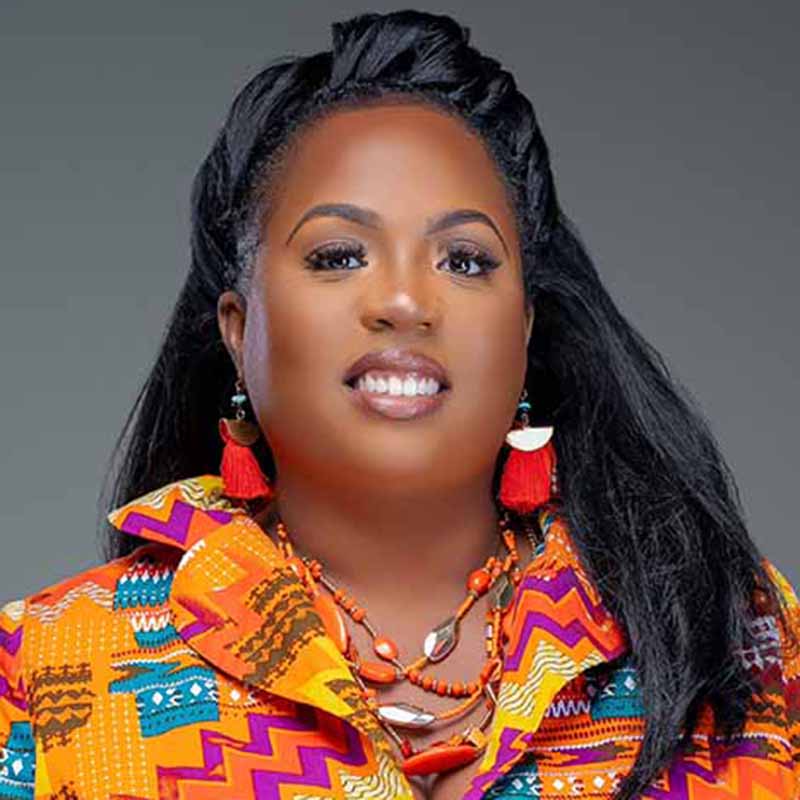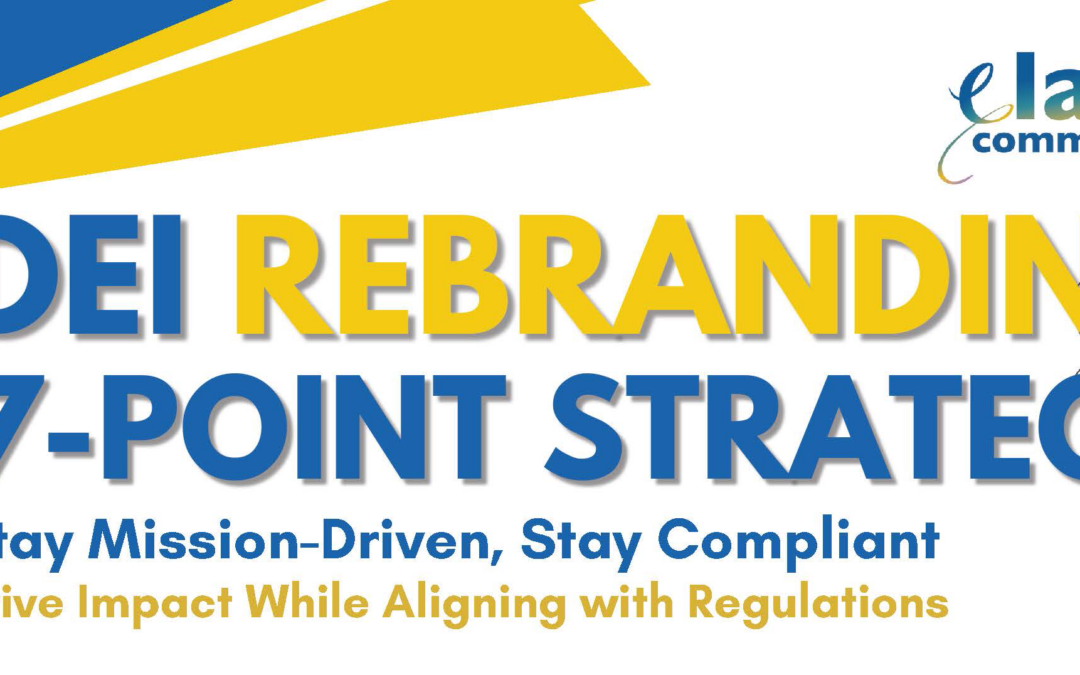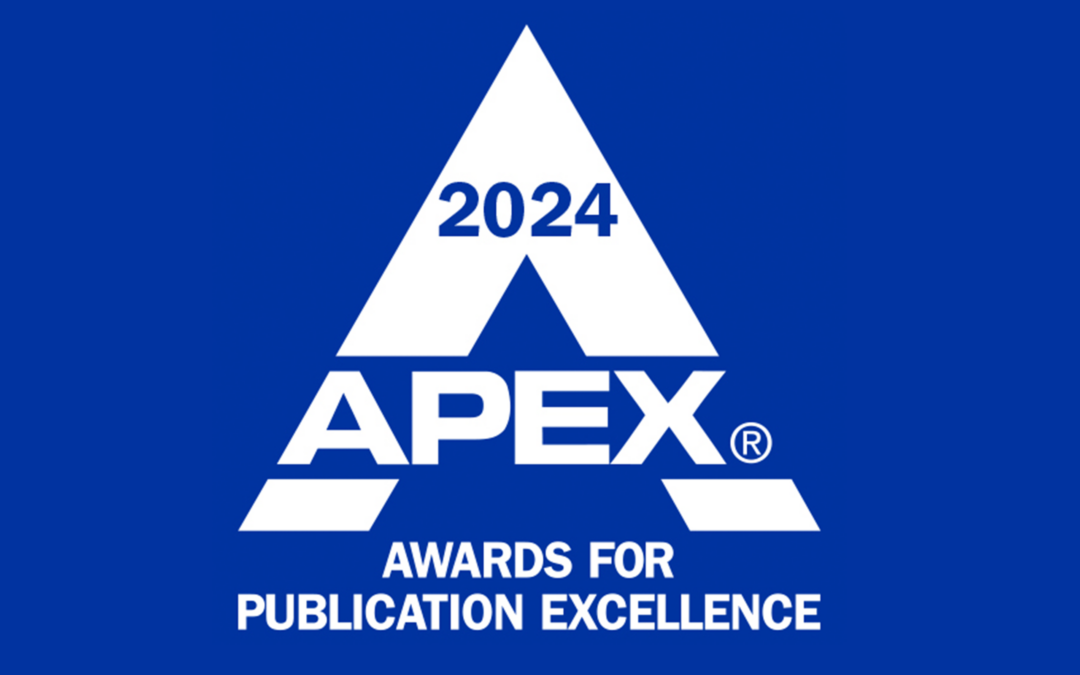Millennials are reshaping workplace dynamics, placing high importance on inclusive environments. As this generation continues to dominate the workforce, organizations must adapt their communications strategies to foster engagement, collaboration, and inclusivity. Born from 1981 to 1996, millennials are often characterized by their comfort with digital technology, their value for experiences over material goods, and their strong sense of social responsibility. This generation has grown up in an era of rapid technological advancements, globalization, and significant social change, all of which have influenced their expectations and preferences for communication.
For millennials, inclusivity is not just a buzzword; it’s a fundamental expectation. Inclusivity in communications means ensuring messages are accessible, respectful, and relevant to diverse audiences. This generation values authenticity and transparency, and it is quick to call out organizations that fall short in their efforts to be inclusive. Research shows millennial communications professionals are the most diverse and socially engaged generation to date. In fact, 47% of millennials consider workplace diversity and inclusion an important criterion in their job search, compared to 33% of Gen Xers and 37% of Boomers.
To effectively engage millennials and implement inclusive communications in work environments, businesses should prioritize technology to facilitate a mobile-first approach, collaborative platforms, social media integration, and video communication. Because millennials spend significant time on smartphones and value sharing ideas, leverage innovative digital tools and platforms that enable communications strategies on mobile devices, project management software and instant messaging that encourage teamwork, internal online communities that foster open dialogue among employees, and visual communication that encourages video content.
Four effective strategies to engage millennials in inclusive communications are:
- Foster a feedback culture. Millennials appreciate open communications channels that allow for constructive criticism and feedback. Implement regular feedback sessions, and create opportunities for two-way communication.
- Use inclusive language. Ensure that all communications use inclusive language that respects diversity and avoids unintentional bias or discrimination.
- Promote transparency. Be transparent about company goals, challenges, and decision-making processes. This aligns with millennials’ desire for authenticity and inclusivity in the workplace.
- Leverage emoji-based communication. Incorporate emojis in appropriate contexts while maintaining professionalism. Emojis transcend language barriers, convey tone and emotion, and enhance digital etiquette, contributing to more inclusive communication.
As millennials continue to shape the workforce, organizations must adapt their communications strategies to be more inclusive, transparent, and technologically advanced. By embracing these changes, companies create a more engaging work environment that attracts and retains top millennial talent while fostering a culture of inclusivity and collaboration. Remember, effective communication with millennials is not just about the latest tools or platforms; it’s about creating a culture that values diverse perspectives, encourages open dialogue, and promotes a sense of belonging for all employees. By doing so, organizations can harness the full potential of their millennial workforce and drive innovation and success in the modern workplace.









